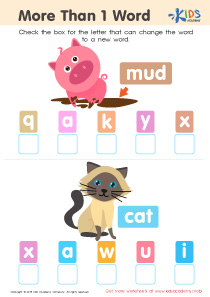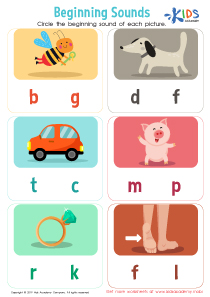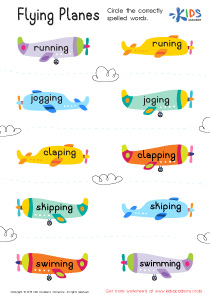Letter recognition Elementary Phonics Worksheets for 4-Year-Olds
5 filtered results
-
From - To
Enhance your child's alphabet mastery with our Letter Recognition Elementary Phonics Worksheets designed specifically for 4-year-olds. These engaging, age-appropriate worksheets from Kids Academy offer fun and interactive activities to help children recognize letters, both uppercase and lowercase. Each worksheet is crafted to captivate young minds while reinforcing essential early literacy skills. Perfect for preschoolers, these worksheets are an excellent resource for parents and educators to support letter identification and phonemic awareness. Propel your child's reading journey with our expertly designed worksheets and watch them build a strong foundation in phonics and early reading skills.


Long and Short U Worksheet
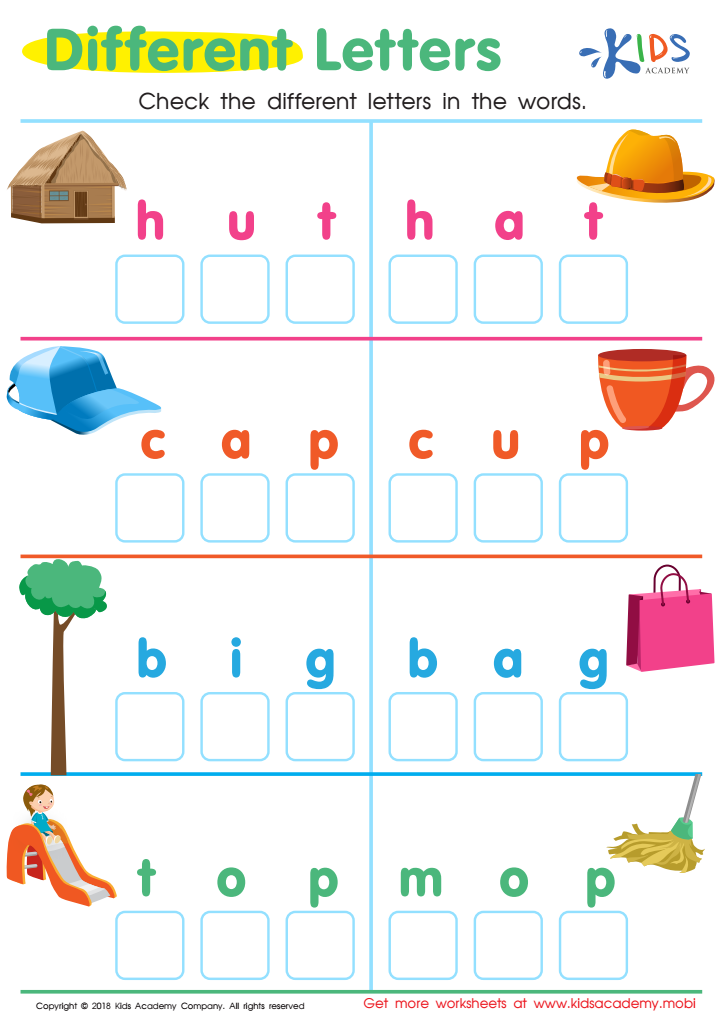

Different Letters Reading Worksheet
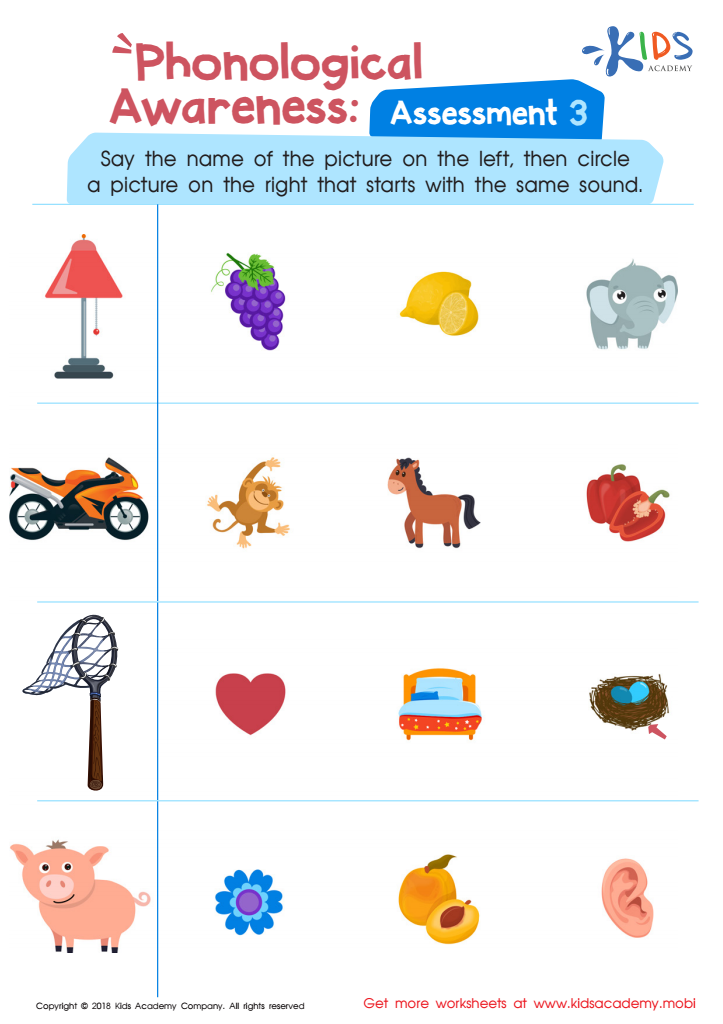

Phonological Awareness: Assessment 3 Worksheet


Long and Short E Worksheet
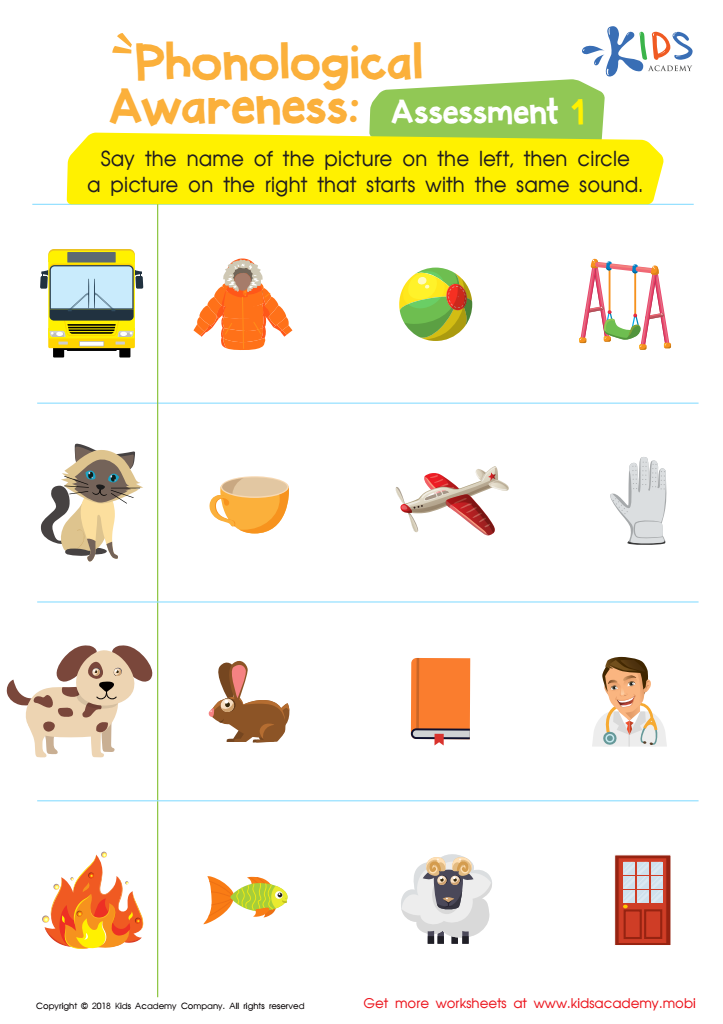

Phonological Awareness: Assessment 1 Worksheet
Letter recognition and early phonics are foundational skills that serve as the building blocks for reading and writing, which in turn are critical for overall academic success. When children, especially 4-year-olds, learn to recognize individual letters and understand their corresponding sounds, they are better prepared for more advanced literacy skills. This early recognition aids in decoding words, enhancing reading fluency and comprehension.
For parents and teachers, nurturing letter recognition and phonics at this age can lead to significant long-term benefits. Children who develop strong phonics skills early on can gain confidence in their reading abilities, which fosters a love for learning and better academic engagement. This makes the learning process enjoyable and less frustrating, encouraging continued curiosity and growth.
Moreover, early identification of any potential reading difficulties or dyslexia is possible when educators and parents closely monitor letter recognition and phonics. Timely intervention can help prevent these challenges from becoming more pronounced and harder to address as the child grows older.
In essence, providing a young learner with a strong foundation in letter recognition and phonics is an investment in their educational future. These skills enable not only early reading success but also a smoother academic journey and a lifelong affinity for learning.
 Assign to My Students
Assign to My Students




